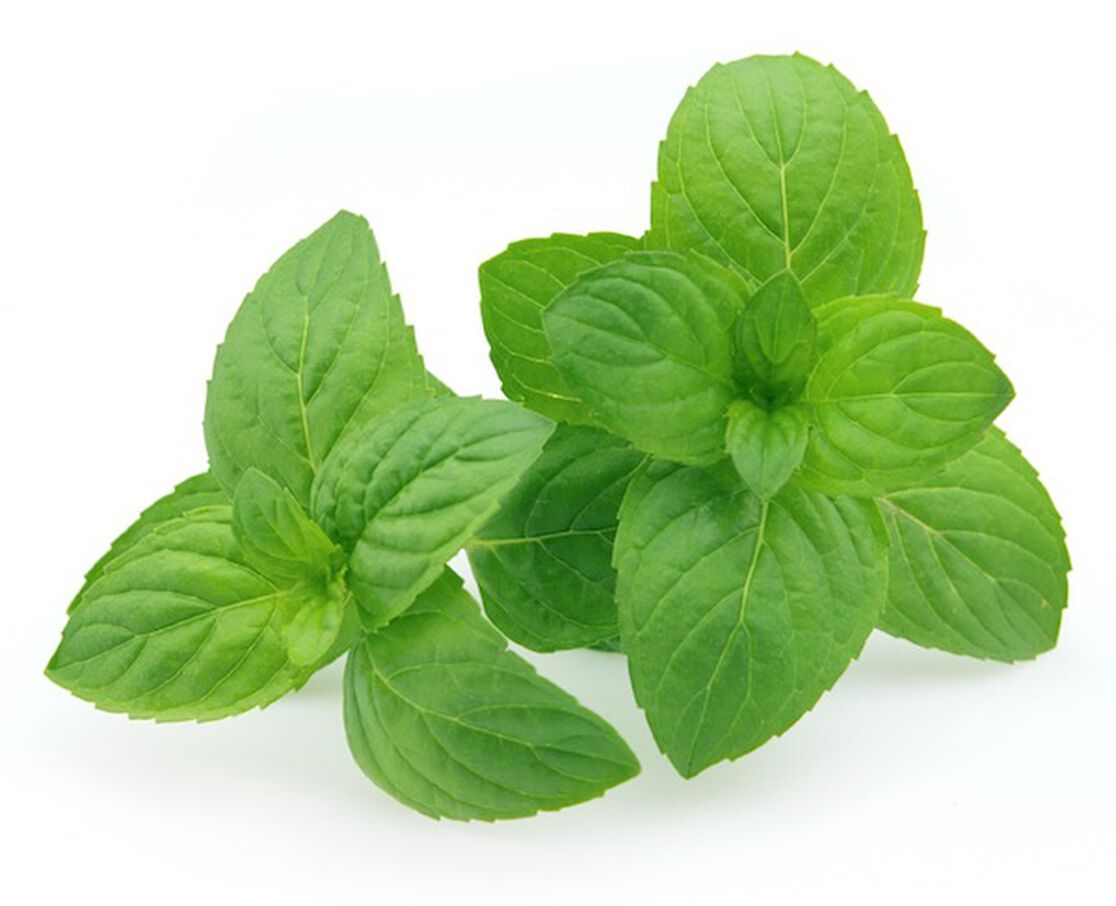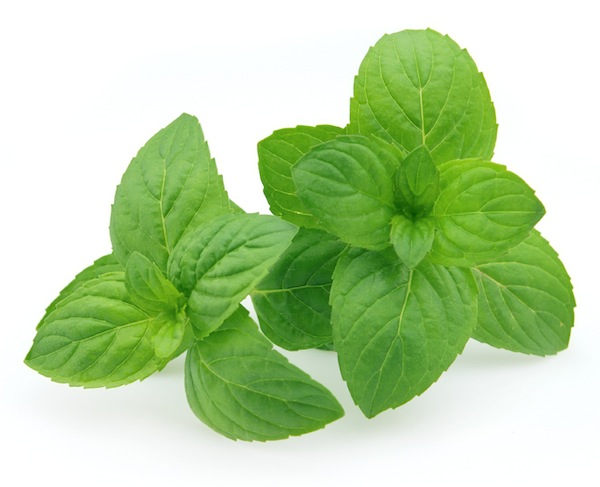With the holidays in full swing, it is the perfect time to talk about mint. We smell mint around us constantly during this time of the year...in teas, candy canes, coffee drinks, and so much more. While there are about 25 different species of mint, the three most common types of are peppermint, spearmint, and apple mint.
Nutritional Powerhouse:
Mint is more than just a beautiful, vibrant green garnish on your plate. It has many health benefits and is used around the world for its medicinal properties. Mint is most commonly used for its role in helping relieve indigestion and other stomach ailments. Many clinical studies have shown the ability of peppermint oil to relieve symptoms of irritable bowel syndrome (IBS). It is thought that peppermint plays a role in allowing the smooth muscle in the digestive system to relax which decreases indigestion and other IBS related symptoms.
Mint is also a natural anti microbial and helps to stop the growth of many bacteria including Helicobacter pylori (related to stomach ulcers), Salmonella, E. coli O157:H7, and methicillin-resistant Staphylococcus aureus (MRSA).
A new amazing finding is that mint may play a role in cancer prevention thanks to a powerful phytonutrient that is found in the herb (monoterpene). In some studies, this phytonutrient has been shown to stop the growth of pancreatic, breast, and liver tumors. It has also been shown to protect against cancer formation in the colon, skin, and lungs. (These studies have not been reproduced in humans.)
Mint also has a role in helping improve symptoms in those with asthma and nasal congestion. Certain chemicals in mint have anti-inflammatory properties that help keep the airways open.
How to Pick It:
Nutrition wise, mint is an excellent source of manganese, vitamin C, and vitamin A. Ideally, try to choose fresh mint over the dried form of the herb since it has a much richer flavor. When you select mint, the leaves should look vibrant, be a rich green color, and free from dark spots or yellowing. Mint is very easy to grow; you can even grow it in a window herb garden. Be cautious with your outside garden. Mint grows very quickly and will spread so it is best to keep it in a separate container.
Best Uses:
Enjoy mint brewed fresh in a cup of tea, chopped in a salad, or in a delicious tabouli. What is your favorite way to enjoy mint? See mine below:
Basic Tabouli
Ingredients
- 1 cup medium organic bulgur wheat
- 2-3 bunches organic parsley, stemmed and chopped, depending on size
- 1-2 bunch fresh organic mint leaves, finely chopped, depending on size, more to taste
- 2 bunches organic green onions, chopped
- 4 -5 ripe, firm organic tomatoes, partially seeded and chopped
- 3 -5 lemons, juice of, to taste
- 1/2 cup extra virgin olive oil, to taste
- Salt & fresh ground pepper
Directions
- Chop parsley and mint together, and put in a medium bowl.
- Chop green onions, and add it to bowl.
- Chop tomatoes into about 1/4" diced cubes, and add to bowl.
- Wash bulgur thoroughly, drain, and soak in fresh hot water for about 1 hour.
- Drain bulgur and squeeze as dry as possible, and combine with vegetables.
- Drizzle with lemon juice and olive oil.
- Add salt and pepper to taste, and toss thoroughly.
- Refrigerate for about an hour, taste, and adjust salt and pepper to taste.
~ Nicole Meadow, MPN, RD of NutritionWise
This post is solely for informational purposes. It is not intended nor implied to be a substitute for medical advice. Before undertaking any course of treatment or dietary changes, you should seek the advice of your physician or other health care provider.
We aim to provide you with the most honest and credible information possible. This article was reviewed for accuracy by The Honest Team and was written based on sources that are linked at the bottom of the article.
blog_review_statement




